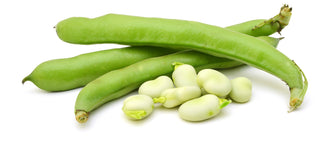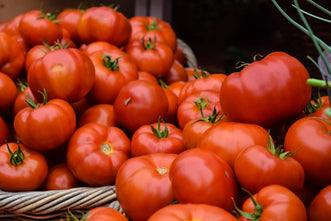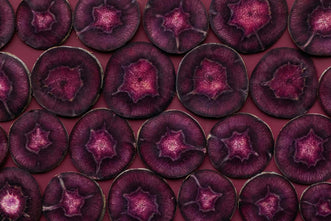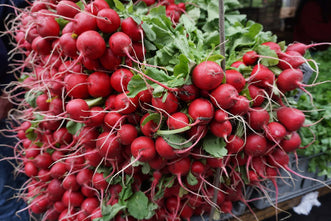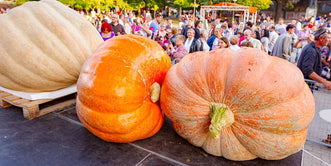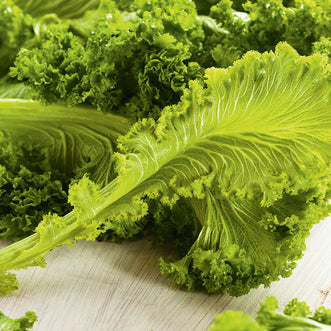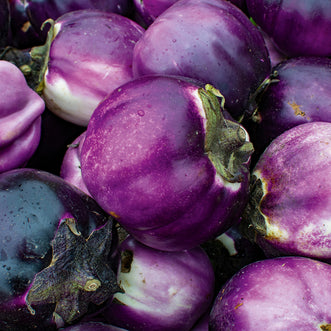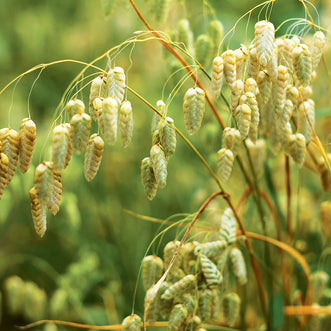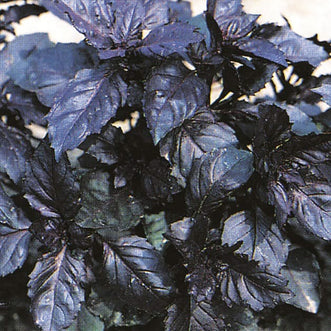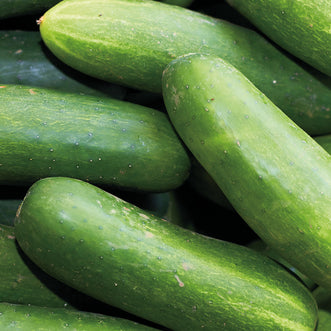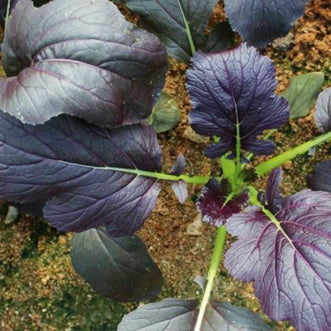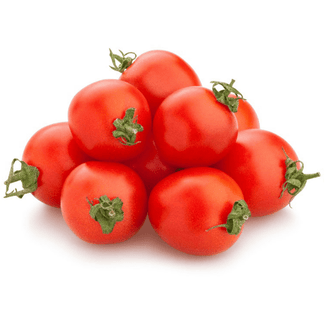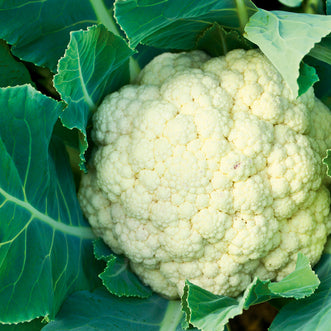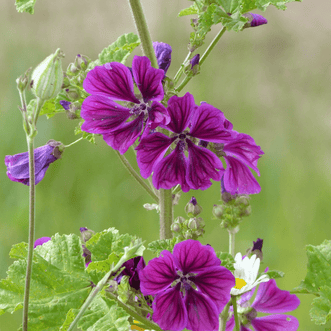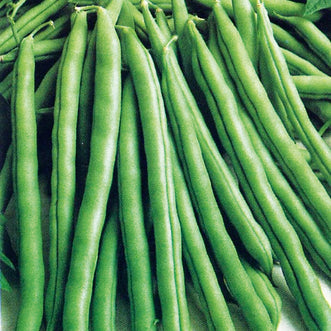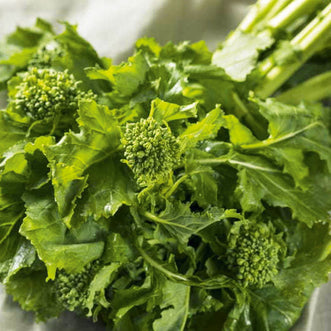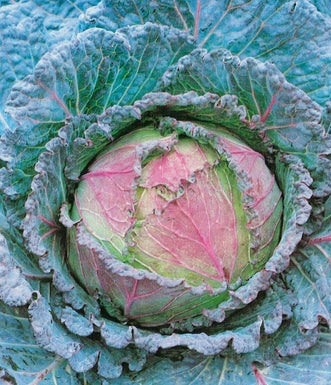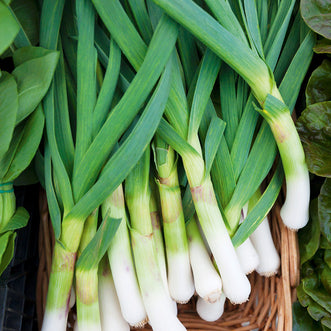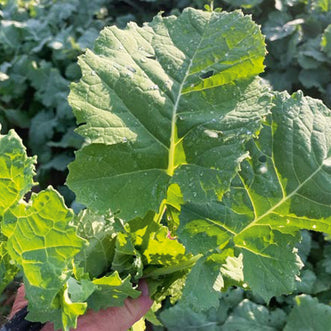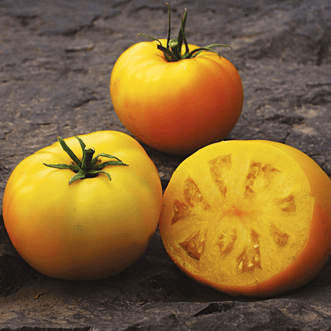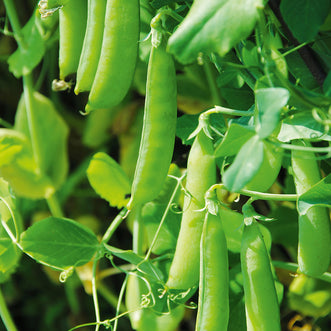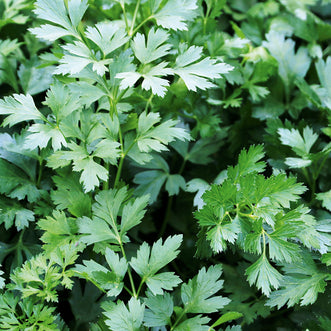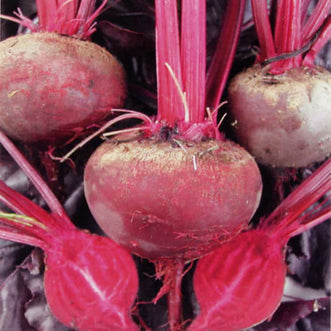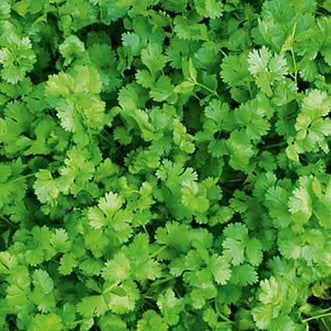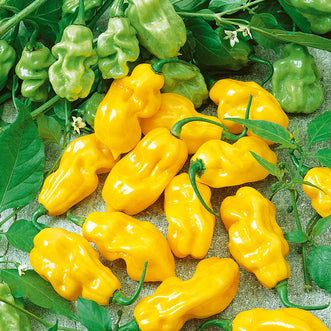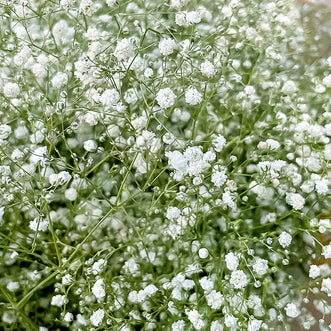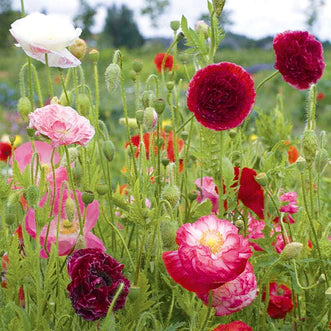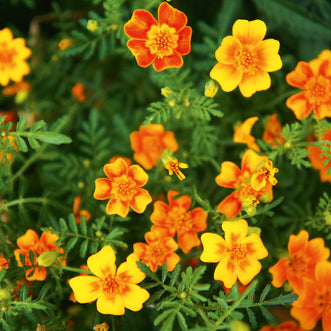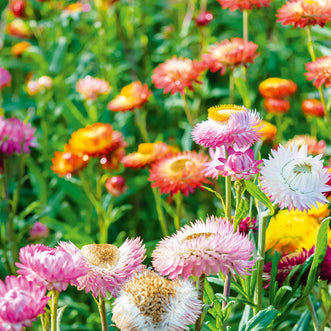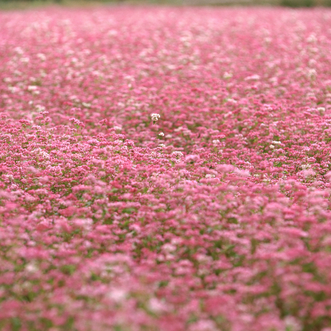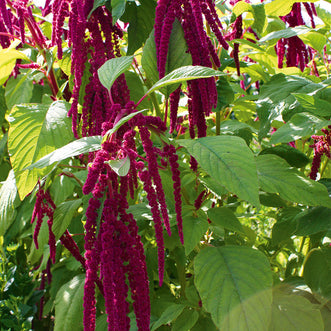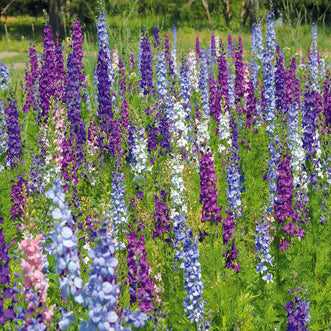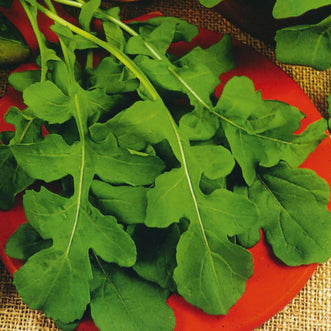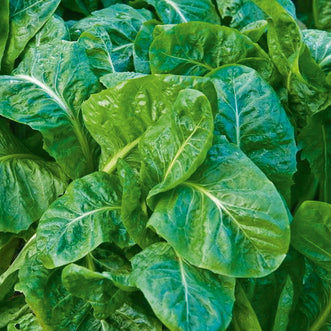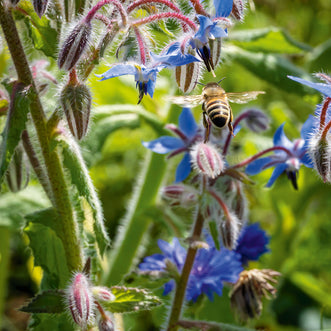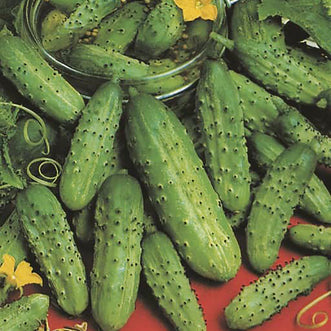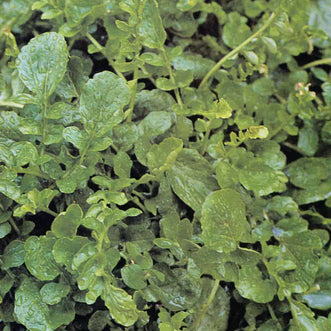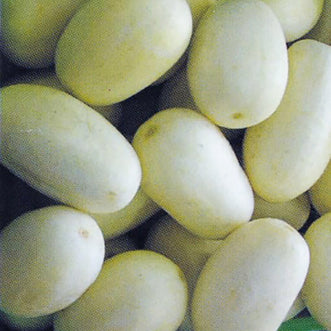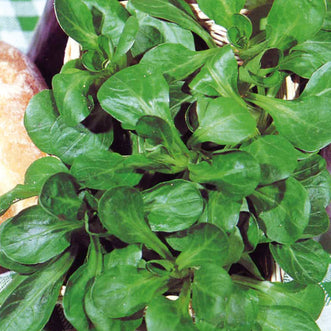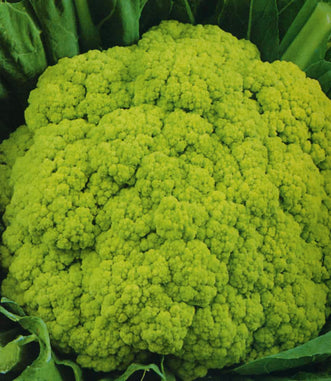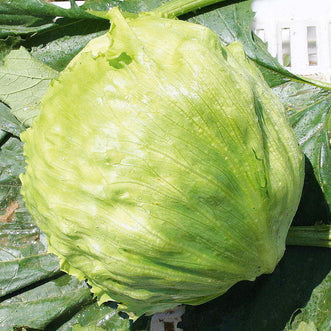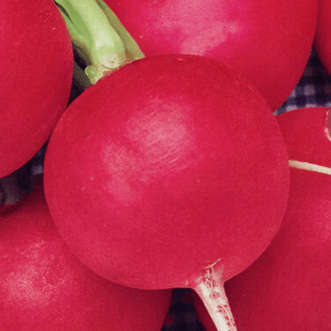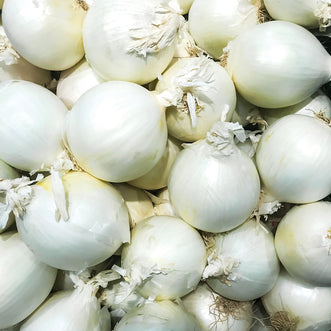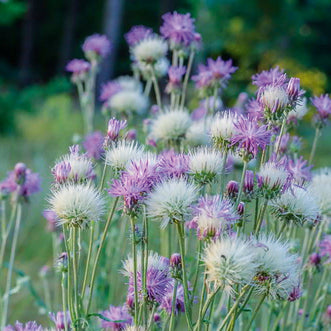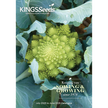Cape Gooseberries
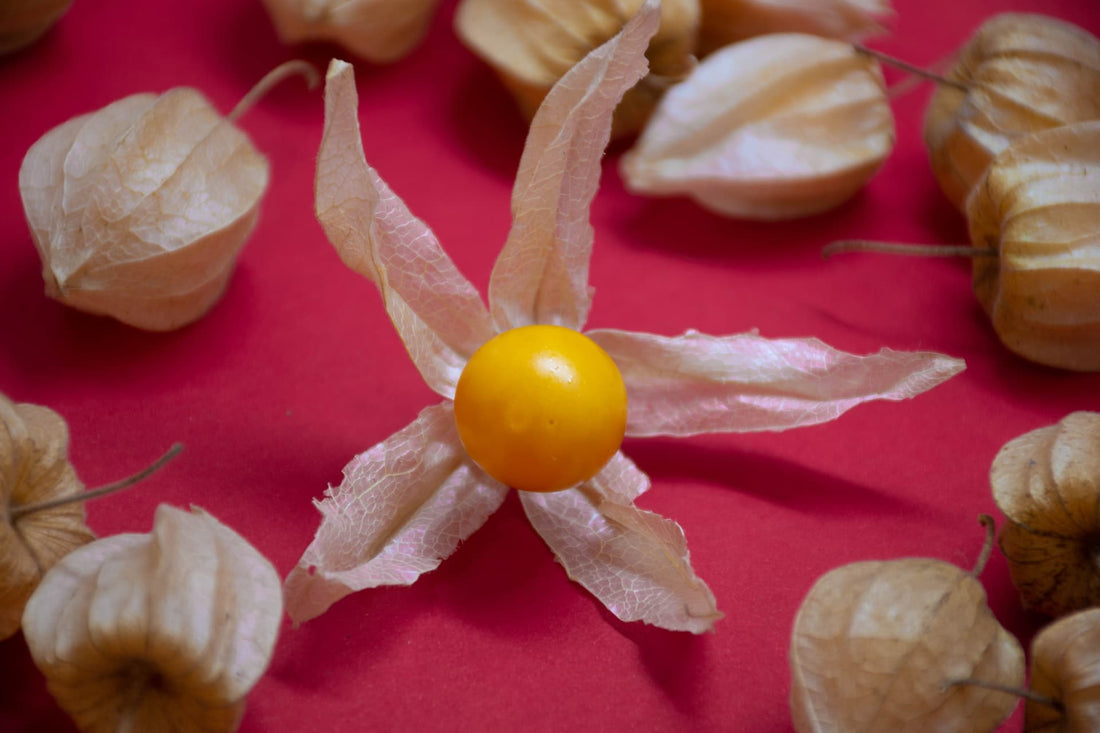
This year I have grown a Cape Gooseberry plant for the first time. They may not be the most compact or beautiful plant to grow in the garden, in fact my plant is sprawling out all over the place and taking up a lot of room, but I am letting it have that corner of the garden for sentimental as well as practical reasons.
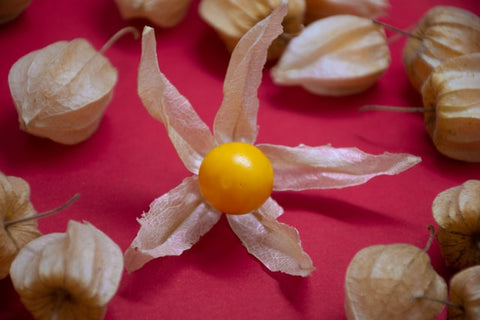
When I was young (all those years ago!), my father grew Cape Gooseberries and I remember him showing me how to peel the little paper cases away to find the golden fruit inside. I just loved them and from then on I was often out in the garden picking them. Last year I saw a plant for sale and bought it for my father for Father's Day. When I turned up with it he thanked me very nicely and then later when he sheepishly showed me round his garden, I realised I had bought coals to Newcastle, because he had one whole raised garden bed completely full of huge Cape Gooseberry plants, all self-sown from the previous year. We enjoyed picking and eating them together just like we used to! When talking to Jen (another Kings Seeds staff member), she remembers picking them from plants growing at the side of the road, and this year she also has one in her garden. It is definitely a plant that brings back childhood memories for both of us. Since gardening is more than just a practical pursuit for me, I think this is a good enough reason to grow something in the garden. Apart from this, cape gooseberries are easy to grow, delicious, and very rarely available for purchase, which are all good reasons to give growing them a try.
Cape Gooseberry (Physalis peruviana var. edulis) is a herbaceous perennial which grows wild in the Andes and was originally discovered and named in Peru.
Physalis is genus of plants in the nightshade family (Solanaceae), and is therefore related to the tomato, tomatillo and ground cherry.
Some say that its common name, Cape Gooseberry, originated in Australia when it was introduced there from the Cape of Good Hope in South Africa, others say that the "cape" refers to the husk around the fruit. The Cape gooseberry, contained within a papery Chinese lantern, is distinctly tomato-like in shape and it is about the size of a cherry tomato. It is easy to see the relationship to the tomatillo, with its similar papery husk.
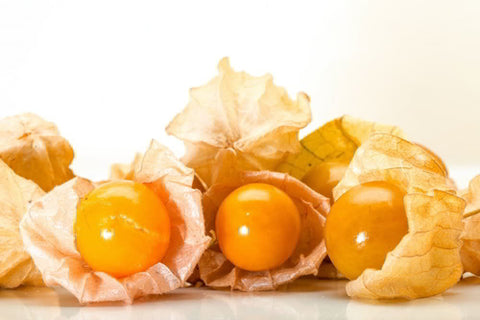
The Cape Gooseberry is very easy to grow. It is best to sow the seeds in late Spring - the best months for sowing them here in New Zealand are from September through to December. Space plants 50-60cm apart. The straggling bush grows up to one metre tall and may benefit from some support. Fruit will be ready for harvest around 100 days from sowing. I love the way the little covers on the fruit turn papery when the fruit is ripe. The fruit is yellow-orange when ripe, but I often pick them when they are a little under-ripe, partly through impatience and partly because I like the tart flavour of the under-ripe fruit. They are a lot sweeter if you can wait a little longer until they are fully ripe, and are delicious eaten straight from the bush, while standing in the garden. If you can manage to get them inside, they can apparently be added to salads and cooked dishes. Because they are high in pectin, they are a great addition to jams and jellies. I have to admit at this point that NEVER YET have any cape gooseberries made it as far as the kitchen at our house!
If you do happen to have a glut of cape gooseberries, they can be dried as a delicious snack or cooked with apples and ginger for a delicious pie filling. They are full of vitamins A, B and C, as well as being high in protein and rich in iron.
I found a wonderful recipe for cape gooseberry jam, complete with great pictures, on Alessandra Zecchini's blog - you can visit it by clicking here.
And for those of you who would like a recipe for a delicious cape gooseberry tart, you can click here.
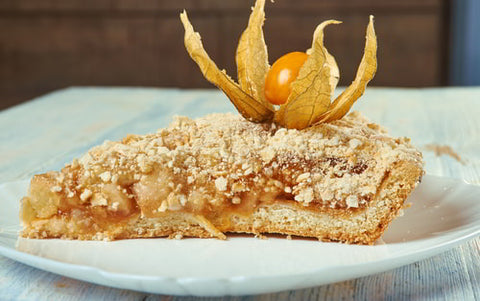
I know I can't be the only one who loves Cape Gooseberries! How many of you grow them??

